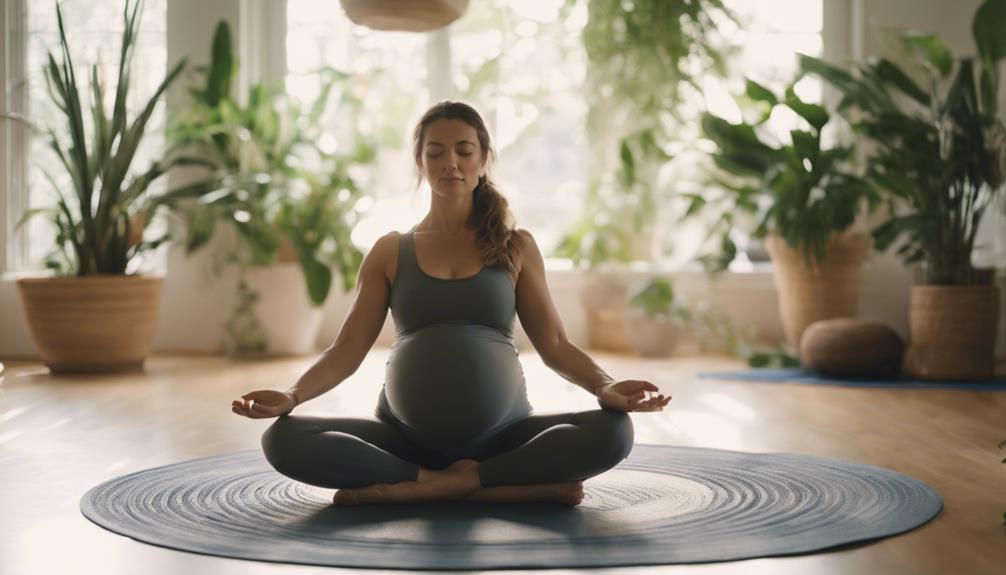What’s the difference between yoga and pilates? This question has intrigued fitness enthusiasts for years. Both practices are popular choices for improving flexibility, strength, and overall well-being, but they come with unique philosophies, techniques, and benefits. In this article, we’ll explore the key differences between yoga and Pilates, helping you determine which practice may be best suited for your personal fitness journey.
What’s the Difference Between Yoga and Pilates? Let’s Dive In!
When we talk about the difference between yoga and Pilates, it’s essential to recognize their distinct origins and philosophies. Yoga is an ancient practice rooted in Indian philosophy, focusing on the mind-body connection, spiritual growth, and holistic well-being. It encompasses various poses (asanas), breathwork (pranayama), and meditation techniques. On the other hand, Pilates was developed in the early 20th century by Joseph Pilates as a method for rehabilitation and strengthening the body. While both practices emphasize the importance of alignment and breath, their core objectives differ significantly.
Another key difference lies in the types of exercises performed. Yoga classes often incorporate poses that range from gentle stretches to challenging postures, providing a comprehensive workout that enhances flexibility, balance, and mindfulness. Pilates, however, tends to focus on controlled movements that strengthen core muscles, improve posture, and promote muscle tone. The inclusion of specialized equipment (like reformers) in Pilates further differentiates it from yoga, which typically requires minimal props and equipment, making it more accessible for many practitioners.
Furthermore, the pace and atmosphere of each class also set them apart. Yoga classes can range from slow and meditative to fast-paced and vigorous, depending on the style—such as Hatha, Vinyasa, or Ashtanga. Conversely, Pilates classes are often structured and progressive, focusing on form and technique. While both yoga and Pilates can enhance physical health and mental clarity, understanding these differences will help you choose the right fit for your personal goals.
Unraveling the Fun: Yoga or Pilates — Which One to Choose?
Choosing between yoga and Pilates can be a delightful journey of exploration! If you are seeking a workout that emphasizes relaxation, mindfulness, and flexibility, yoga may be the perfect option for you. With its diverse styles and the opportunity to cultivate a deeper connection to your body and breath, yoga can also serve as a wonderful outlet for stress relief. The meditative aspect of yoga can be particularly beneficial for those looking to enhance their mental well-being while strengthening their body.
On the flip side, if you are primarily focused on improving core strength, alignment, and muscle tone, then Pilates might be your ideal match. Pilates is particularly effective for rehabilitation and injury prevention, making it a popular choice for athletes and those recovering from physical challenges. The methodical approach of Pilates helps to build a strong foundation, ensuring that you develop proper body mechanics, which can translate into better performance in other physical activities.
Ultimately, the choice between yoga and Pilates often comes down to personal preference, fitness goals, and what feels good for your body. Many people find joy in practicing both disciplines, as they complement each other beautifully. Whether you choose to flow with yoga or engage in the controlled movements of Pilates, you’ll be embarking on a journey toward improved health, strength, and serenity.
In conclusion, what’s the difference between yoga and Pilates? The answer lies in their distinct philosophies, practices, and benefits. By understanding these differences, you can make a more informed choice about which practice aligns with your goals and lifestyle. Whether you roll out your yoga mat or step onto a Pilates reformer, both paths lead to a healthier, happier you. So, why not try both and discover the delightful world of movement that awaits? Happy practicing!
